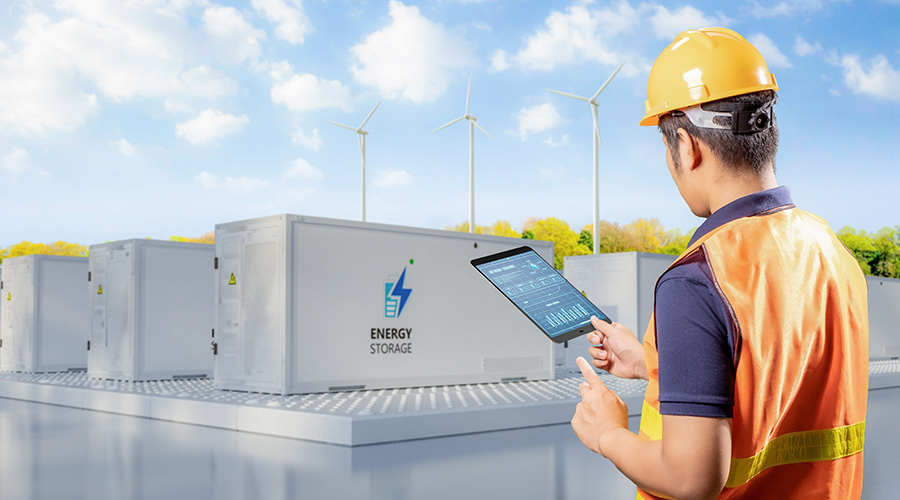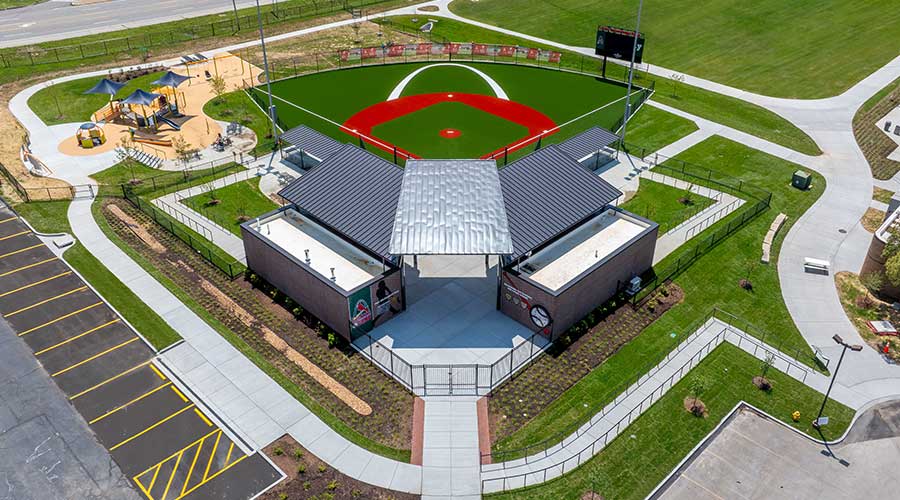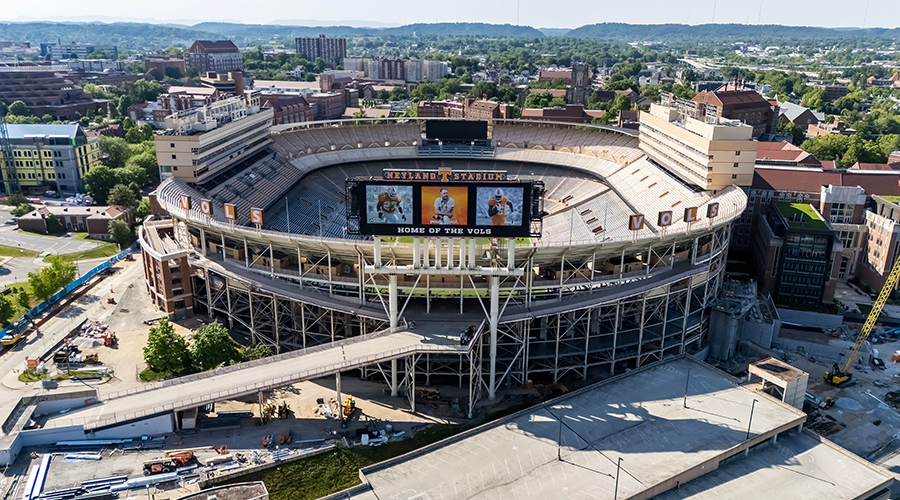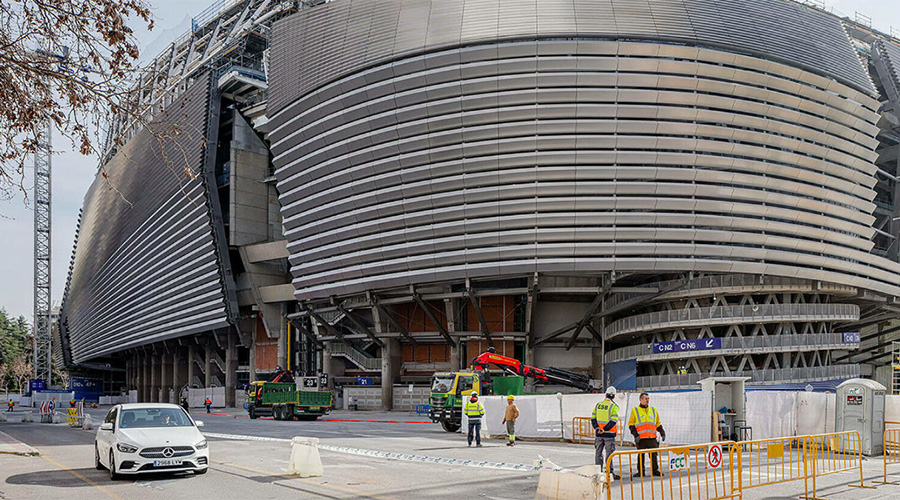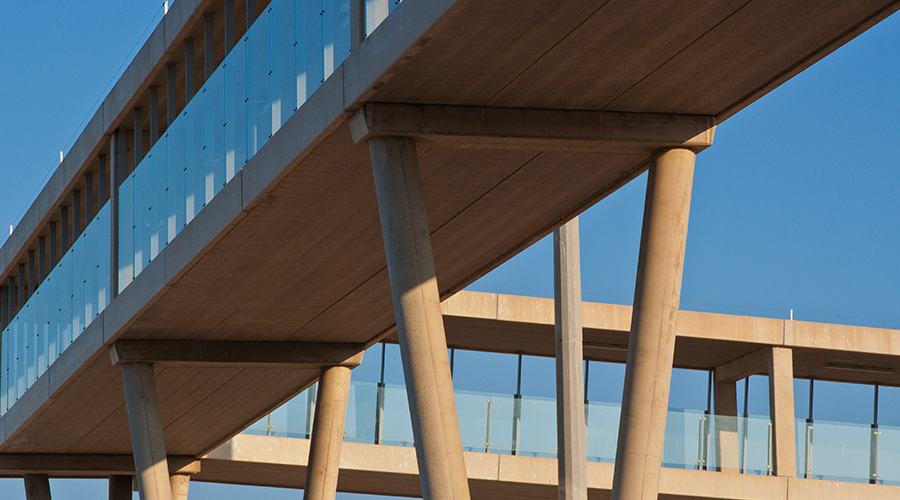How to Embrace the Future with Adaptive Reuse
By focusing on the future needs of urban environments and leveraging advanced technologies, we can create thriving communities through adaptive reuse.
By Kirk Mettam, Contributing writer
Technological disruption and changing habits are rapidly transforming our relationship with the built environment. Offices and retail spaces occupancy rates have plummeted over the last decade, prompting portfolio owners, government, and businesses to sell off or demolish some assets, while seeking code exceptions and government incentives to facilitate repositioning. Given the severity of some markets, local and federal governments are responding in ways that are unprecedented.
In cities like Washington D.C., growing populations, increased digital reliance and the AI explosion have placed huge pressure on power, water, and data. With so much change happening in our society and in our world, the same old thinking will no longer be enough.
History reveals how shortsighted planning decisions led to situations that ultimately stifled community or regional development. The choices we make today will define the urban landscape – both in real estate and financial terms – for generations. These cautionary tales point to a need for careful planning, yet ‘planning’ has become a dirty word when time is of the essence and immediate action is necessary. We must radically reconsider how we use our buildings and act quickly to transform them to meet the needs of a new era.
Adaptive reuse and mixed-use developments aren’t new. However, we are now in the era of artificial intelligence and predictive analytics. When we look at our existing assets through the lenses used in the past, are we still asking the right questions?
AI-enhanced integrated planning quickly balances short-, near-, and long-term needs with unprecedented sophistication. To ensure future generations thrive, this needs to be central to decision making from the very beginning.
A better vision through systems thinking
When it comes to disposing of assets such as buildings, owners often only look to each individual asset and its current market value – focusing on short-term financial returns. To ensure the long-term health of our cities we must move beyond the traditional transaction-driven approach.
Integrated, system-based planning assesses future needs by focusing on the efficiency of multiple systems at once. By understanding how people and businesses use cities and impact the built environment, portfolio owners can better assess long-term asset value and respond accordingly.
By rethinking all factors changing cities, and focusing on adjacency for more vibrant, sustainable places, we achieve not just better-performing assets, but better-equipped, thriving urban areas that meet changing needs.
Traditionally, asset reuse meant simply trading one building type for another. In today’s fast-paced world this narrow perspective will no longer work. Analyzing current and future needs can break assets down into mixed-use configurations – an approach proven effective in many European cities.
This approach can revitalize urban communities that struggled to recover from the pandemic. Specifically, by locating daily needed assets – such as leisure spaces, health clinics, storage and logistics hubs for last-mile delivery – both improves quality of life and drives job creation.
Meanwhile, locating energy, water, and data infrastructure in close proximity reduces emissions and builds more resilient communities. As data infrastructure becomes more localized, ‘edge’ data centers and distribution facilities must integrate into the urban fabric, creating new synergies with other transforming asset types. When positioned near sources of heat demand, they can also reduce both carbon emissions and energy costs.
Urban living has changed how we move through environments, shifting mobility needs and expectations. The rise in short-distance travel is driving demand for transit, ridesharing, and alternative vehicles. Transportation infrastructure must keep pace as cities evolve.
Predicting the future and responding today
Due to data and technology advancements, it's easier than ever to model future shifts in demographics, economic makeup, and energy consumption across our cities. This should be the starting point for rethinking surplus assets and exploring bigger, more ambitious connections – identifying different uses within the urban system to meet current and future needs.
We should focus on forces that change the future needs and structure them around a bold urban vision – reduced emissions, natural disaster mitigation, access to power, water, and data, better mobility infrastructure, healthcare facilities, manufacturing and data hubs, and housing and social infrastructure.
To achieve effective multi-disciplinary, systems-based thinking, infrastructure engineers and specialists must collaborate across planning, advisory, design, and other engineering disciplines to create a successful vision for our cities.
Washington D.C.’s Federal City
Washington D.C. is undergoing major transformation. Remote work and smaller federal labor force are prompting major decisions on both private and public real estate assets. While an enormous shift, this is D.C.’s once-in-a-generation opportunity for reinvention and intelligent adaptive transformation.
The federal government has created the US Public Buildings Reform Board to advise on the strategic repositioning of GSA-owned public assets in Washington D.C.. Looking at the portfolio in a holistic way and using systems thinking could be of significant long-term benefit to the Federal City. This perspective enables rapid assessment and integration of long-term priorities like power, water, and data connectivity. More radical solutions – such as repurposing vacant building for data and energy storage – boosts city resilience and meets climate goals faster.
By studying connectivity and adjacency, we prioritize adaptations with the greatest long-term value – from a financial, environmental and social perspective. Modeling emissions from buildings and transportation in Washington D.C. identified retrofit, electrification, and waste strategies to help the city meet its 2050 energy goals.
With integrated, multi-disciplinary strategies, combining planning, advisory, design, and engineering, we can transform existing assets smartly while shaping a more sustainable future for Washington DC and beyond.
Kirk Mettam is an Adaptive Re-Use Specialist and Senior Vice President of Strategy and Growth at TYLin, a Sidara company. He is an industry representative on the US Public Buildings Reform Board’s Technical Advisory Panel, advising the Federal Government on the strategic repositioning of public assets in in Washington D.C.
Related Topics:







